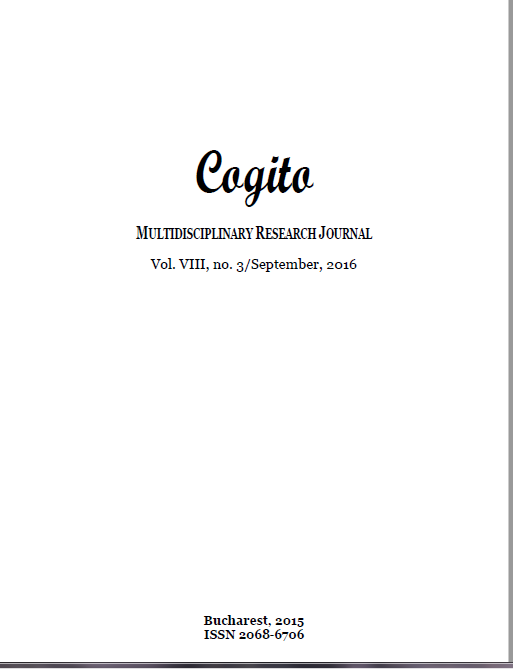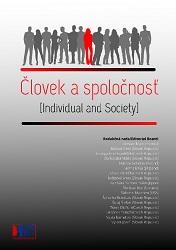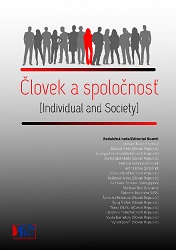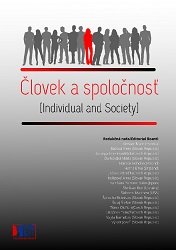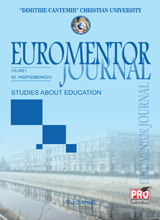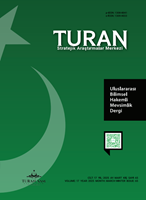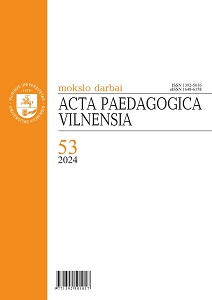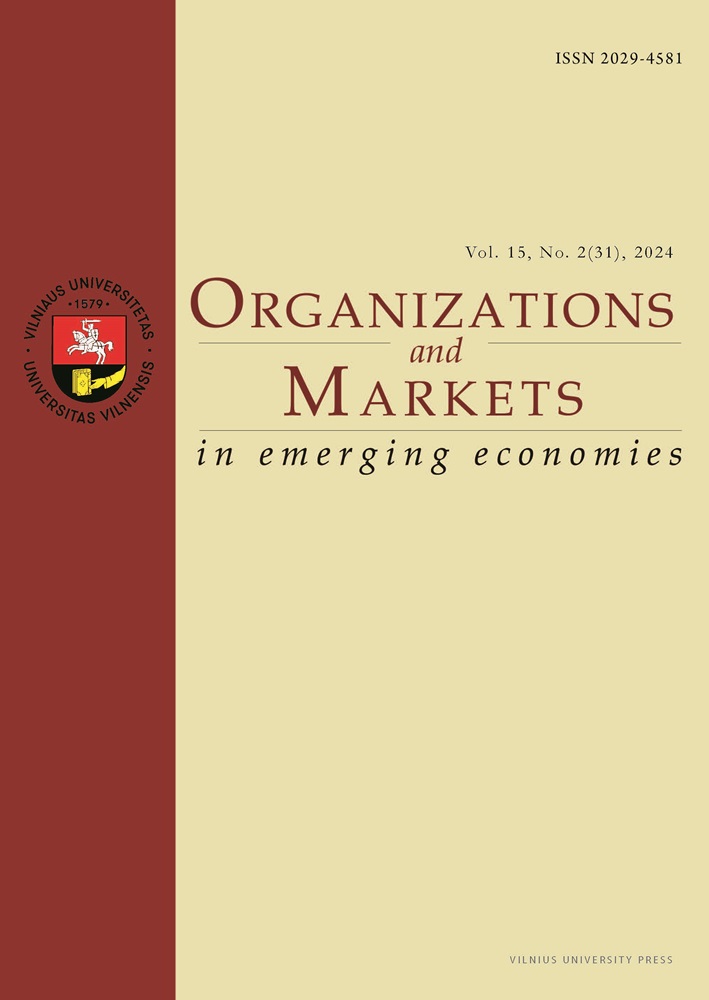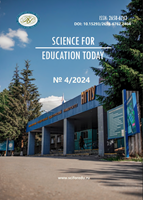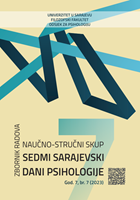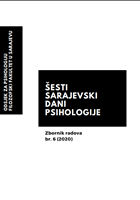Author(s): Martin Seitl,Miroslav Charvát / Language(s): English
Issue: 1/2018
The aim of the study is to propose a framework based on personality dynamics to interpret the results of a personality questionnaire used by occupational psychologists during management counseling, personnel selection, and employee development. The source for the interpretative framework is the attachment dynamics arising from the adult attachment theory (Mikulincer & Shaver, 2007). The study also demonstrates how the interpretative framework may be applied to employees’ personality trait data. The study builds on the results of implemented meta-analyses (Barrick & Mount, 2012; Barrick, Mount, & Judge, 2001) which claim that the question of the relation of personality structure and work behavior criteria, participating in overall job performance, has been resolved. However, the knowledge that is missing is the circumstances under which structural characteristics in the form of traits and dispositions are asserted, i.e. what dynamic personality processes lead to the manifestations of the dispositions which an employee is more or less equipped with, in specific situations. The current results show that one of the theories that offers an insight into motivational processes affecting the manifestation of personality dispositions in work behavior is the adult attachment theory, and in particular the attachment theory in the workplace (Engel & Straatmann, 2017; Harms, 2011; Leiter, Day, & Price, 2015; Mikulincer & Shaver, 2007). The theory originally proposed by Bowlby (2010), and further developed by his colleagues, surpassed the borders of developmental and clinical psychology, and currently finds its applications in other fields; such as psychology of work and organizations. The knowledge on the dynamics of the attachment working models which start to develop in early childhood and continue to develop throughout a person’s life was first applied on interpersonal situations at work. These were impacts of experience anticipation in, a) self-efficacy and b) availability of others for relationships as well as immediate experience of relationships. Later findings showed that the impact of prevailing working models of attachment - the so-called attachment styles - affects the behavior beyond the framework of interpersonal situations because the attachment system is evolutionarily older than other systems developing in a person during childhood and adolescence (e.g. exploratory). Through the interpersonal history, the attachment dynamics thus influences the present and anticipated behavior of an individual, thus affecting the relational and nonrelational criteria of work behavior. We assume, in regard to the above mentioned, that the attachment motivational processes shall predict the manifestations of personality traits and dispositions forming a wide spectrum of work behavior. The attachment motivational processes may be operationalized through the major forces of attachment dynamics. The primary and dominant force is to obtain and maintain the real or imaginary closeness of key attachment figures in the situation of danger, threat, and uncertainty. While the success of primary strategy enables the activation of exploratory and other systems of behavior independent on relational topics, a failure hinders the activation of other systems and leads to the perseveration of the security topics and activation of one or two secondary strategies of attachment dynamics also affecting the perception of nonrelational areas (Mikulincer & Shaver, 2007). The secondary strategies correspond to the constituents of internal working models of attachment; namely attachment anxiety (the degree of experiencing self-efficacy) and attachment avoidance (the degree of experiencing the availability of others). The results of the measurements of the experienced attachment anxiety and attachment avoidance may be applied to interpret to what extent work behavior, predicted by Five Factor Theory questionnaires and other directions, will be influenced by the secondary attachment strategies. The data applied to the interpretative framework was acquired from a set of 185 working population respondents (79 men and 106 women) aged from 20 to 59. The set was compiled having taken into account the gender, age, and education quotas for the Czech population according to the data of the Czech Statistical Office. Respondents’ participation in the research was voluntary. The degree of respondents’ attachment anxiety and attachment avoidance, as sources of motivation affecting the manifestations of traits in behavior, was verified by a questionnaire titled; Experiences in Close Relationships (Brennan, Clark, & Shaver, 1998; Seitl, Charvát, & Lečbych, 2016). To diagnose the personality traits, we used the widely used Business-Focused Inventory of Personality (Hossiep, Paschen, Hoskovcová, & Vybíralová, 2003) which contains scales corresponding to the Five Factor Theory as well as scales beyond the borders of this theory. The inventory gives static descriptions of 14 personality traits affecting work behavior and conditioning success in different types of occupations. To achieve the aims of the study, the acquired data were evaluated using correlation coefficients and linear regression. Besides the attachment anxiety and attachment avoidance, the predictors were also gender and age which influence the attachment motivational processes during a lifetime. The criterion variables were the traits measured by the Business-Focused Inventory of Personality. Interpreting the obtained predictor effects on criterion variables we used the framework proposed by Fraley (2012). The framework enables an interpretation of the effect of attachment anxiety and attachment avoidance in a parallel manner in the sense of attachment styles. The analysis showed a connection of attachment anxiety and attachment avoidance towards 13 out of 14 observed traits. No connection was identified in the trait Conscientiousness. The results of the linear regression revealed that Flexibility and Self-Confidence were best predicted by the secure attachment style. In Flexibility, a low age has a specific effect; but on the contrary, a higher result on the scale of Self-Confidence is correlated with a higher age and male gender. The secure attachment style predicts Sensitivity, but age does not appear as a predictor there. It is positively correlated with gender, and women in particular show a higher sensitivity. Action Orientation, Sociability, Working under Pressure, and Emotional Stability are predicted by secure and avoidant attachment styles. Action Orientation, moreover, is supported by a higher age, and Sociability by female gender. Openness to Contact, Team Orientation, and Assertiveness are predicted by secure and anxious attachment styles. The acquired results have been applied to a new interpretative framework that proposes a key based on which respondents will tend to manifest traits identified by a personality questionnaire in their behavior. Whereas in respondents with a secure attachment style the manifestations of personality traits will be connected with the motivators outside the relationships, respondents with anxious attachment or avoidant attachment styles will tend to manifest or not to manifest a personality trait in a specific situation while being influenced by their relational needs. Especially, situations that are in anxious style respondents connected with a lack of support, appreciation, and acceptance or situations that are in avoidant style respondents connected with an emotional load or interpersonally unclear and confusing situations, will exert pressure on the behavior subduing or intensifying the personality traits in favor of reducing unpleasant experience related to the primary attachment system. The results of the study may concurrently be used as a tool in diagnosing the traits and secondary attachment strategies as a functional whole, providing information on the personality traits and situations under which the traits will be manifested in behavior. In particular, the proposed interpretative framework is intended for use in personnel selection and counseling.
More...
